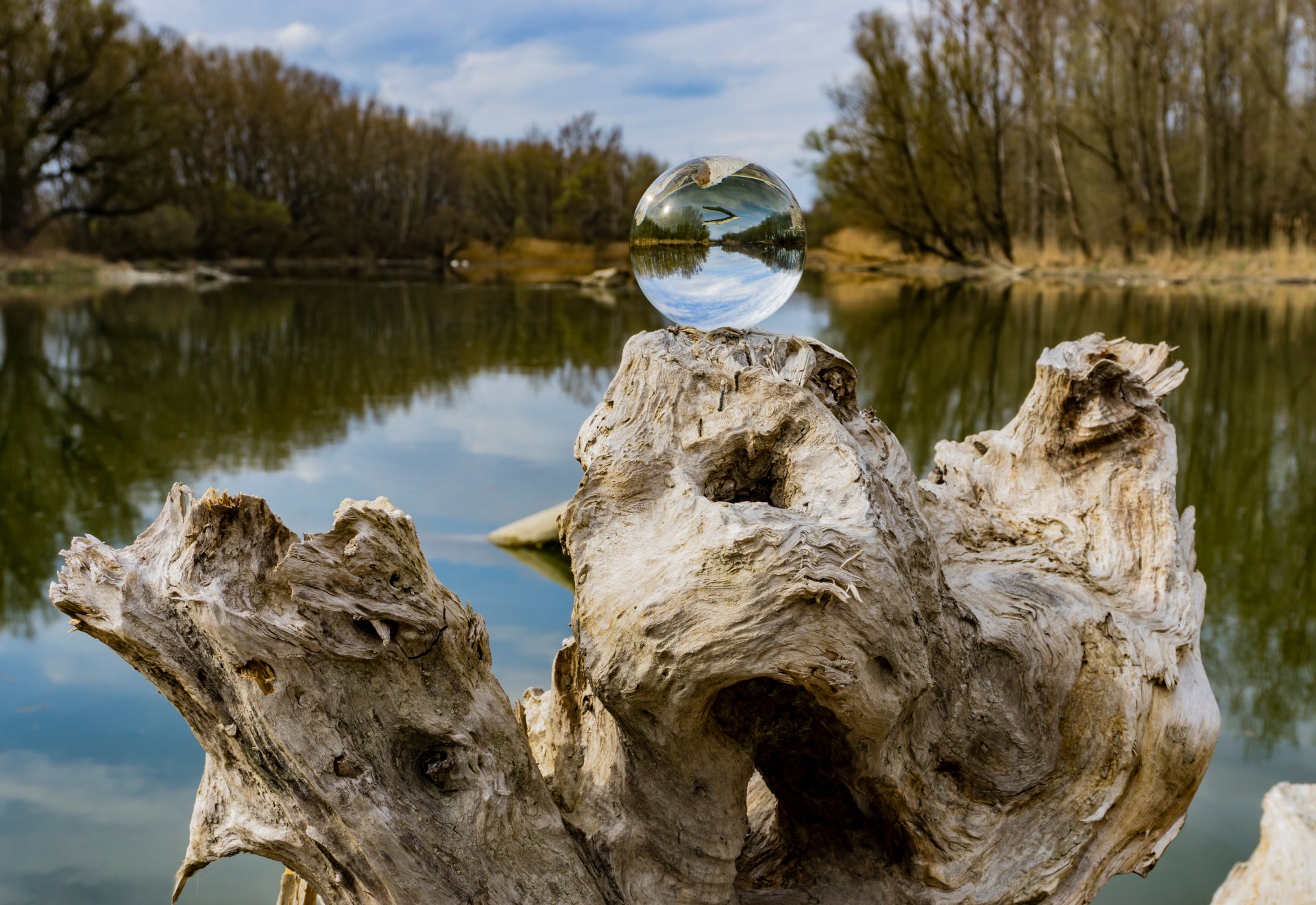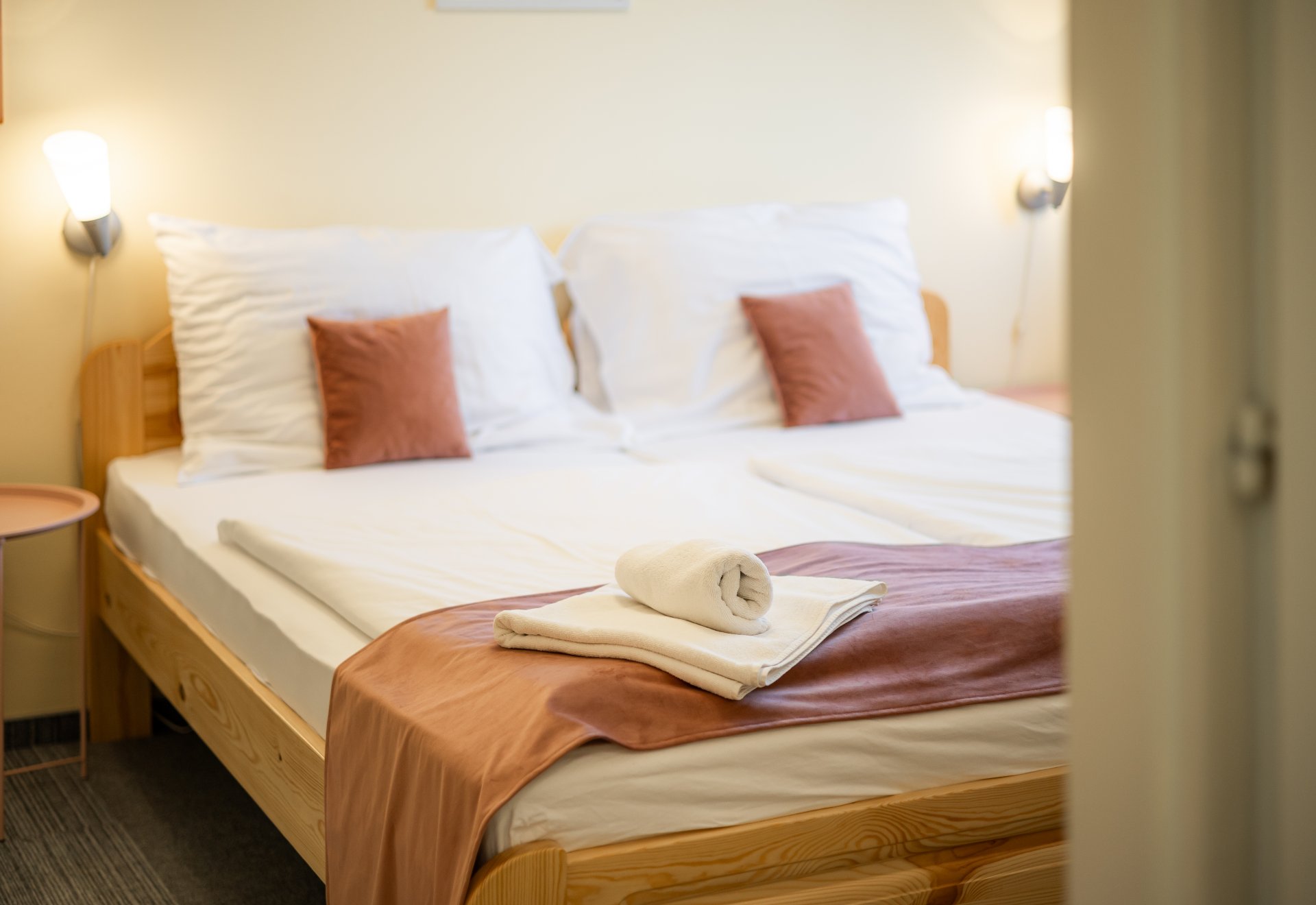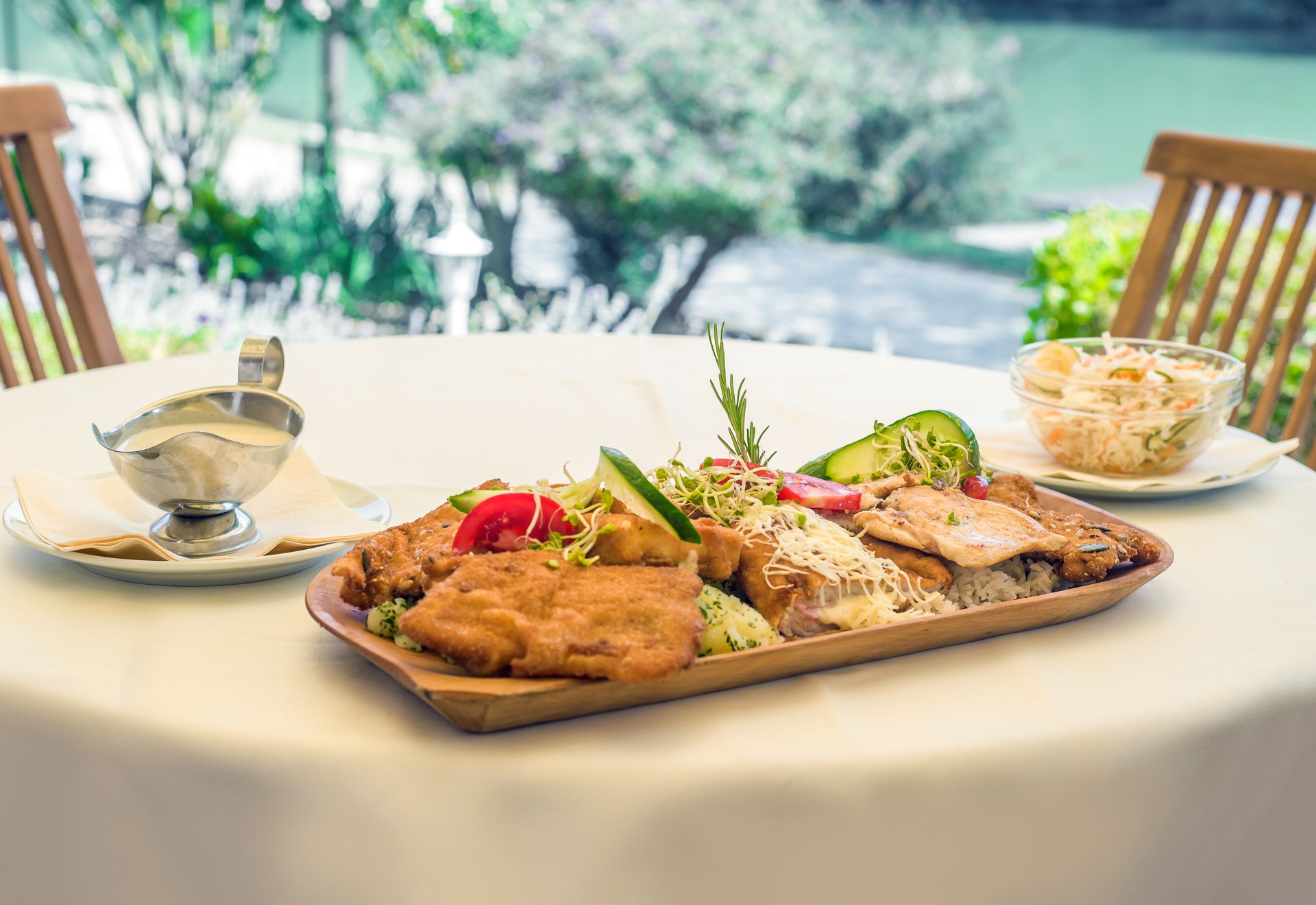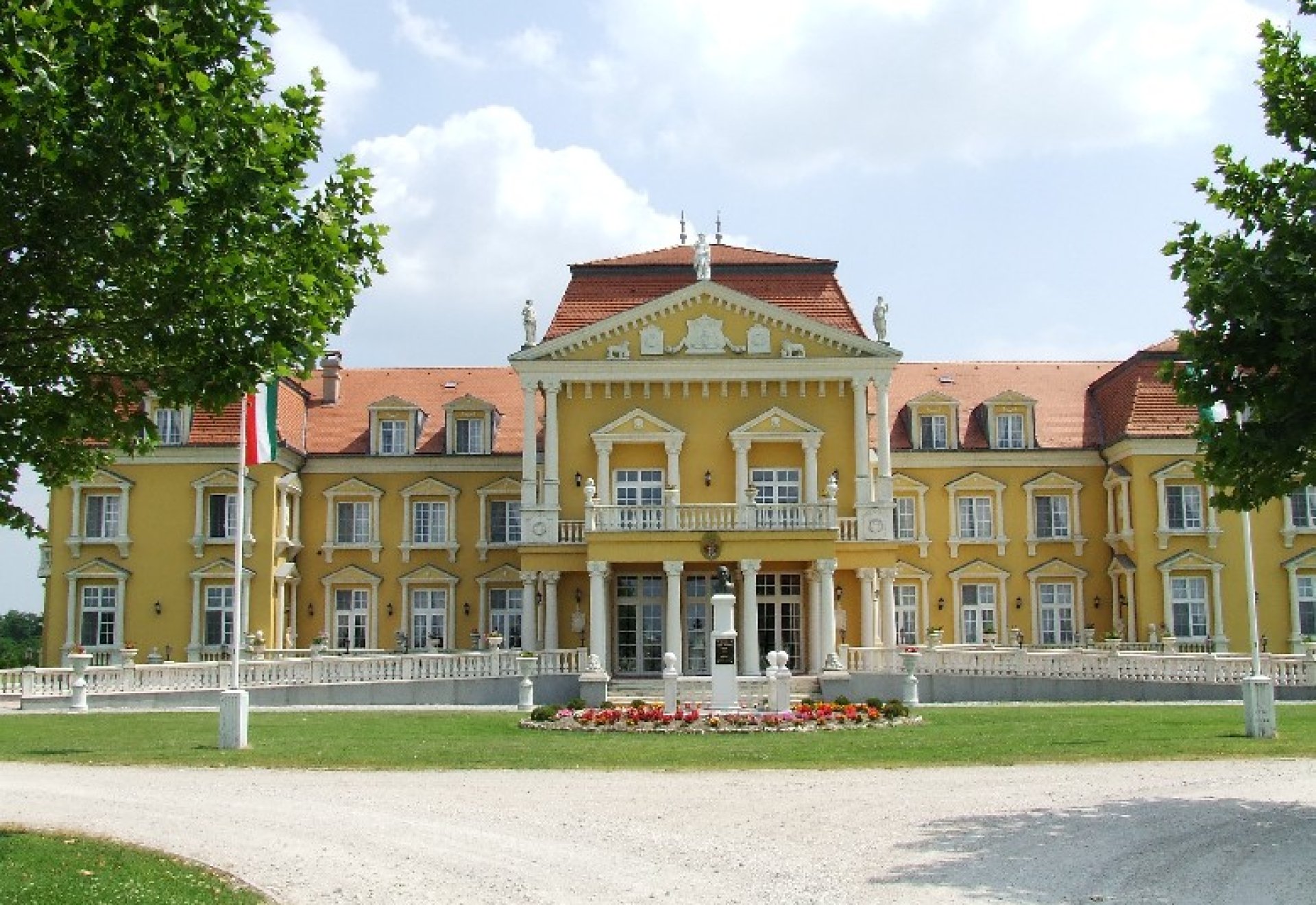Discover the fascinating story of Halászi - Open the door to the world of the "Thousand Islands"

Halászi is the charming fishing village that opens up the wild inter-island attractions
The people settled on the land rising up between the branches of the Danube, probably in the 13th century, and as the name Halászi suggests, started fishing. The inhabitants became the fish suppliers to the royal court, so it was a royal pledge until 1557, when the Habsburgs became the rulers of the village, which belonged to the castle of Otrad. The neighbouring village of Arak, with all its 160 inhabitants, is also part of the municipality, first mentioned in documents in the 1400s, and presumably derives its name from the word 'ditch'.
By the 16th century, Halászi had developed into a farming town and was granted the green wax seal, and the Reformed religion spread in the area. Thus Halászi became a bishop's see around 1650.
Today, the village's new Baroque church, consecrated in 1777 and built by Archduchess Maria Christina, with frescoes painted by the Maulbertsch students, is a historical monument. Next to the church are two other intact baroque farmhouses with gable walls, which have also been granted monument status.
Unfortunately, in the 90s, the bridge connecting Mosonmagyaróvár and Győr was demolished in an accident, but the popularity of Halászi and its surroundings is undiminished, as instead of the busy route, it is the peaceful environment that attracts visitors.
If you would like to know what to do in Halászi and its surroundings in addition to the historical sites, CLICK HERE. If you are looking for accommodation near Mosonmagyaróvár, the Regia Pension, located on the banks of the Moson-Danube, in a quiet area, is the best choice, and from here you can easily get around the whole Szigetköz.
Contact us at the contact details below if you would like to be part of a peaceful holiday by the water!
And this is how the Szigetköz became populated
The settlements around Halászi were also populated in a similar way, although fishing was not the only activity that played a role in the daily lives of the local inhabitants. Every spring, the slave farmers drove their cows out to the islands and grazed them here until late autumn, swimming them between the islands. The hardy animals were driven out even in winter.The shepherds were a very private people, and while they spent their days with the herd, the rest of the family, women and children, spent their time on the islands. They also sometimes married a farmer's daughter (which happened quite often) so they could build a house on one of the islands. To protect themselves from the elements, they built so-called 'shacks' on the higher islands. This later developed into a farm-like settlement, which we now discover with amazement.






